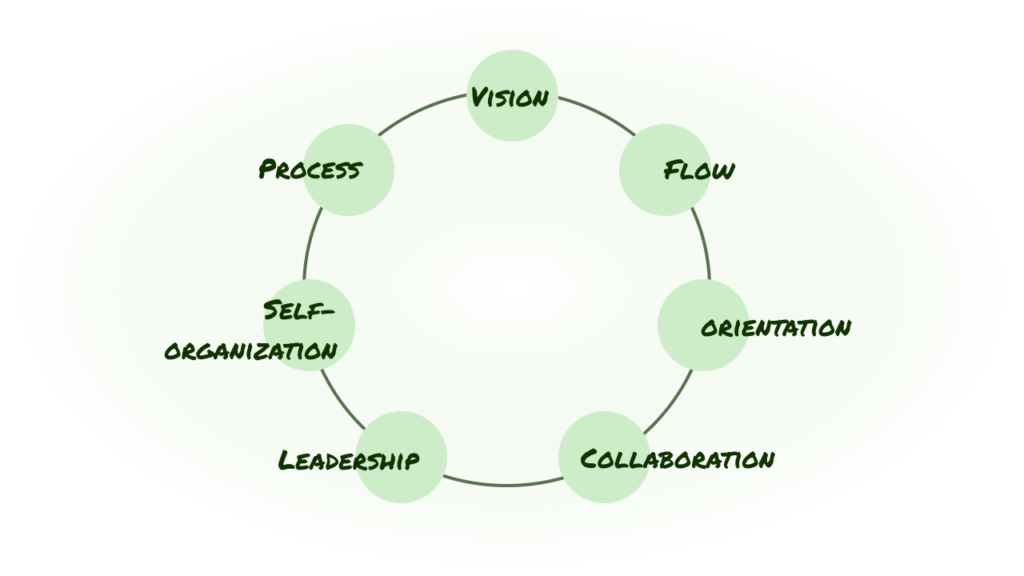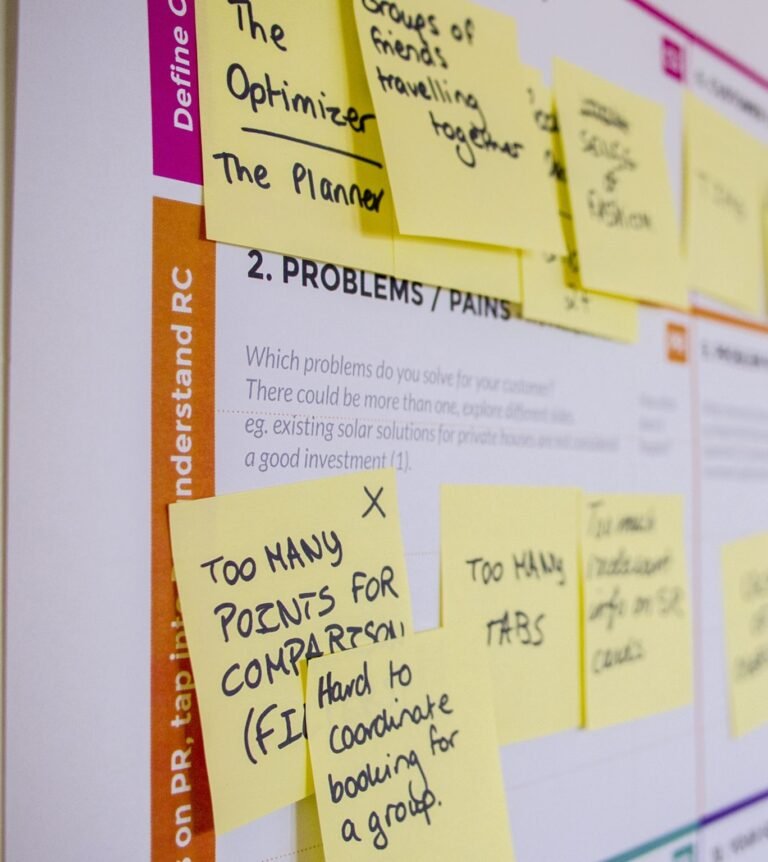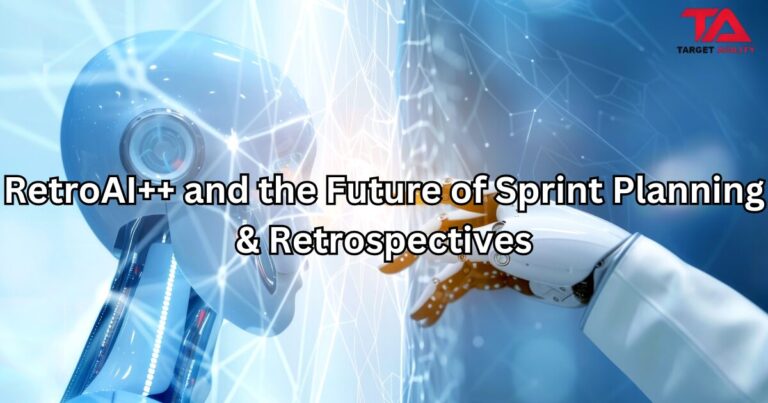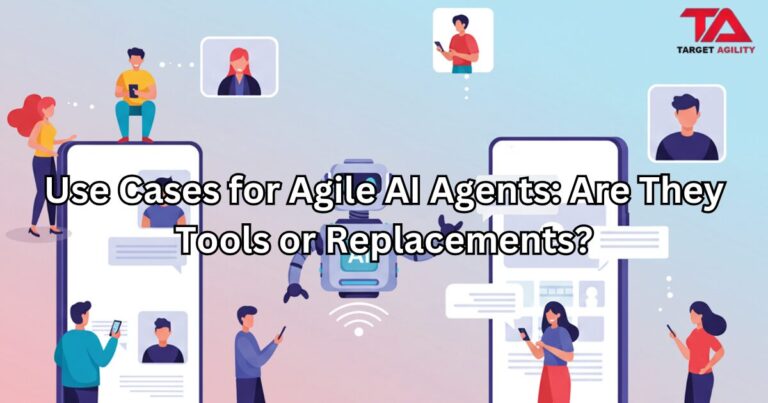Introduction
As businesses strive to stay agile and adaptive in a dynamic marketplace, the Scaled Agile Framework (SAFe) has emerged as a powerful ally. However, like any transformative journey, implementing SAFe Agile is not without its share of challenges. In this blog, we will explore the obstacles that organizations may encounter while embracing SAFe Agile and discuss effective strategies to overcome these hurdles on the road to success.
1) Cultural Shift and Change Resistance
One of the primary challenges in adopting SAFe Agile is instigating a cultural shift within the organization. This shift involves moving away from traditional command-and-control structures to fostering a collaborative, cross-functional, and empowered team environment. Resistance to change from employees accustomed to established practices and hierarchies can hinder progress.
Overcoming the challenge:
Leadership Buy-In: Ensuring top-level management support and active involvement is crucial to driving cultural change. Leaders should exemplify the new values and champion the adoption of SAFe Agile.
Communication and Education: Transparently communicate the purpose and benefits of SAFe Agile to employees at all levels. Offer training and workshops to help employees understand the transformation and how they can contribute to its success.
Incentivize and Celebrate: Recognize and reward teams and individuals who embrace the cultural shift and showcase positive outcomes. Celebrating small successes along the way can foster enthusiasm and motivate others to join in.
2) Complex Scaling
While SAFe Agile is designed to scale across organizations of varying sizes, scaling up can introduce complexities. As the number of teams and stakeholders grows, ensuring alignment, collaboration, and communication can become more challenging.

Overcoming the challenge:
- Agile Release Trains (ARTs): Implement ARTs to synchronize the work of multiple teams, fostering alignment and streamlined communication.
- Value Stream Mapping: Analyze and optimize the end-to-end value stream, identifying bottlenecks and inefficiencies that may arise during scaling.
- Regular Inspect and Adapt (I&A): Conduct I&A workshops to review progress, identify challenges, and continually improve the scaling approach.
3) Integration with Existing Processes
Organizations with established processes may encounter resistance when integrating SAFe Agile practices with their current systems.
Overcoming the challenge:
- Tailored Approach: Customize the SAFe Agile implementation to fit the organization’s unique needs and align with existing processes where possible.
- Gradual Transition: Introduce SAFe Agile in phases, allowing teams to adapt gradually, learn from successes and challenges, and provide feedback for improvement.
4) Ambiguity in Roles and Responsibilities
With the introduction of SAFe Agile, traditional roles may undergo modifications, leading to confusion and uncertainty among team members.
Overcoming the challenge:
- Role Clarity: Clearly define roles and responsibilities within the SAFe Agile context, providing a clear roadmap for team members’ contributions.
- Skill Development: Offer training and workshops to equip team members with the necessary skills and knowledge to excel in their new roles.
5) Striking a Balance between Compliance and Flexibility
While adhering to the SAFe Agile framework is essential, overly rigid compliance can stifle creativity and adaptability.
Overcoming the challenge:
- Emphasize Principles: Encourage teams to focus on the core principles and values of SAFe Agile rather than being overly fixated on strict adherence to specific practices.
- Agile Mindset: Foster an agile mindset that encourages experimentation, learning from failures, and embracing change, allowing teams to adapt and evolve effectively.
Conclusion
The journey to adopt SAFe Agile presents organizations with various challenges, from cultural shifts to scaling complexities and integration hurdles. However, by recognizing these obstacles and employing strategic approaches to overcome them, organizations can successfully embrace the power of SAFe Agile. A resilient culture, clear communication, and a commitment to continuous improvement will enable organizations to navigate the path to success, reaping the rewards of enhanced collaboration, faster innovation, and sustained growth in today’s rapidly changing business landscape.










